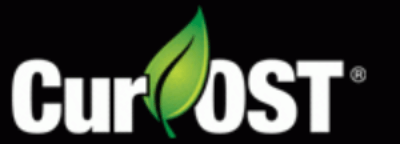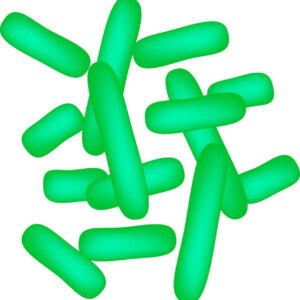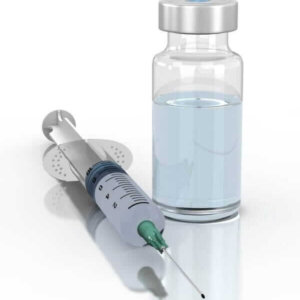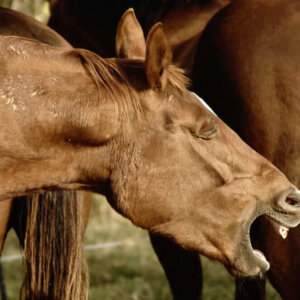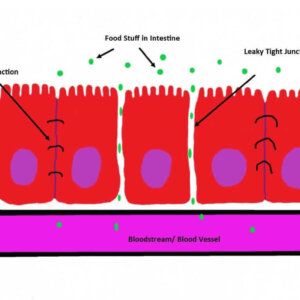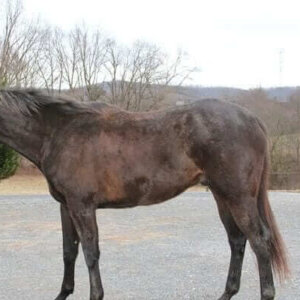Vision in the horse is a critical factor. Without it, they are vulnerable to attack in the wild, have a hard time navigating and encounter difficulties in training and competition. The eye in the horse also tells us a lot in regards to personality and demeanor, often allowing us to see into the spirit of the animal. It is large and obvious, often one of the first things we notice about a horse. Considering the placement of each eye in the horse, as compared to humans or even pets, their range of vision is limited and they are dependent on two functional and healthy eyes. When the health of the eye is impacted, the health and safety of the horse is likewise compromised. The equine eye is subject to a variety of conditions including corneal scratches and lacerations, but one of the most debiliating is equine recurrent uveitis or ERU, which is becoming more common place in the equine industry. What used to be a condition primarily impacting Paint breeds, Appaloosa and even fair skinned Quarter Horses, is now affecting many other breeds. The exact cause is unknown and despite the best efforts with therapy, these cases can be frustrating and financially draining for the horse owner. Our horses are our companions and given this, it is hard to see them in constant discomfort. Often, we need to step back and analyze these situations and apply what we have learned from research, to improve comfort and aid in management.
